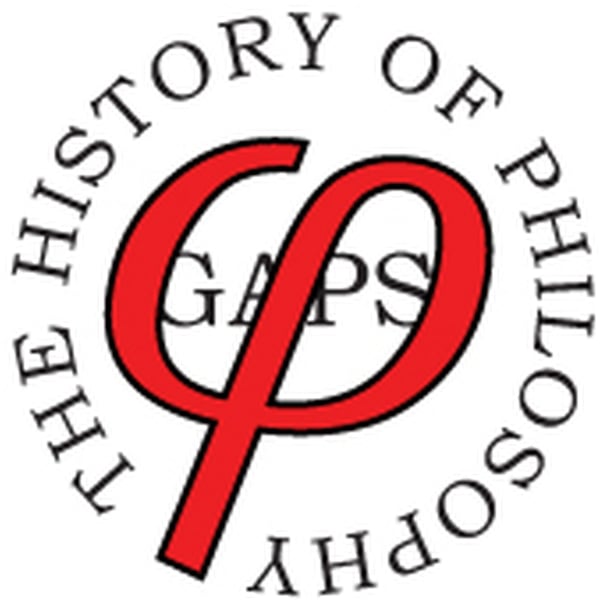HoP 438 - Don't Give Up Pope - Catholic Reformation
History of Philosophy Without Any Gaps
Peter Adamson
4.7 • 1.9K Ratings
🗓️ 4 February 2024
⏱️ 18 minutes
🧾️ Download transcript
Summary
Transcript
Click on a timestamp to play from that location
| 0:37.4 | Kīhīhāhāhāhāhāhāhāhāhāhāhāhāhāhāhāhāhāhāhāhāhāhāhāhāhāhāhāhāhāhāhāhāhāhāhāhāhāhāhāhāhāhāhāhāhāhāhāhāhābā Hi, I'm Peter Adamson and you're listening to the History of Philosophy podcast, brought to you with the support of the Philosophy Department at King's College London and the LMU in Munich, online at History of Philosophy. net. Today's episode, Don't Give Up Pope Catholic Reformation. In his constitutional catechism for use in the kingdom of the two Sicily's |
| 0:44.4 | Luigi Galante, a Benedictine monk and member of parliament in 19th century Naples, |
| 0:50.1 | exalted in the lack of religious liberty enjoyed by his nation. |
| 0:54.1 | Having just one religion, he wrote, we do not need to proclaim freedom of worship |
| 0:59.3 | as other countries where there are followers of different religions have been obliged to do. |
| 1:04.0 | Happy as we are to have this powerful bond, we will not live in fear of those bloody scenes |
| 1:08.6 | between Catholics and Protestants witnessed even in recent years in France. A people united under one faith, a faith that could |
| 1:16.4 | trace itself back to the very roots of Christian tradition all as if the reformation had never |
| 1:20.7 | happened. In fact, it hadn't happened for most of southern Europe. In places like Portugal, Spain, and Italy, the old church had held on against Lutheranism, Calvinism, Puritanism, Unitarianism, Presbyterianism, and so on. Only one ism was needed, the original one, namely Catholicism. |
| 1:39.1 | This result, so essential for maintaining peace and so opposed to freedom of conscience was the achievement of a second |
| 1:45.4 | reformation that dominated European religious and intellectual life for most of the 16th century and |
| 1:50.5 | beyond. It emerged in explicit opposition to the Protestant |
| 1:54.1 | reformation, which is why it is commonly called the counter-reformation. |
| 1:58.6 | Whether this is the best name for it is a matter of dispute. The German term Geigenreformation came into use by historians in the late 18th century. |
| 2:09.3 | As you might imagine, given that the expression reduces so much Catholic thought to a mere reaction against |
| 2:14.5 | Luther and the other reformers, it was especially favored by Protestant historians. |
| 2:19.6 | In the 19th century, Catholic scholars hit on the idea of instead calling it a Catholic |
| 2:23.6 | reformation. A 1946 book by the Catholic Church historian Hubert Yedin |
| 2:29.1 | considered the choice between the two terms and suggested just using both. |
| 2:34.0 | It's an attractive proposal, not just because it is so conciliatory, and as we'll see in a moment, |
| 2:39.2 | being conciliatory in this context is rather appropriate, but because both locations do capture a fundamental truth about this historical development. |
| 2:47.6 | It was indeed a counter-reformation. Insofar as Catholics of the 16th century were under tremendous pressure to respond to the movement started by Luther. |
... |
Transcript will be available on the free plan in -418 days. Upgrade to see the full transcript now.
Disclaimer: The podcast and artwork embedded on this page are from Peter Adamson, and are the property of its owner and not affiliated with or endorsed by Tapesearch.
Generated transcripts are the property of Peter Adamson and are distributed freely under the Fair Use doctrine. Transcripts generated by Tapesearch are not guaranteed to be accurate.
Copyright © Tapesearch 2025.

